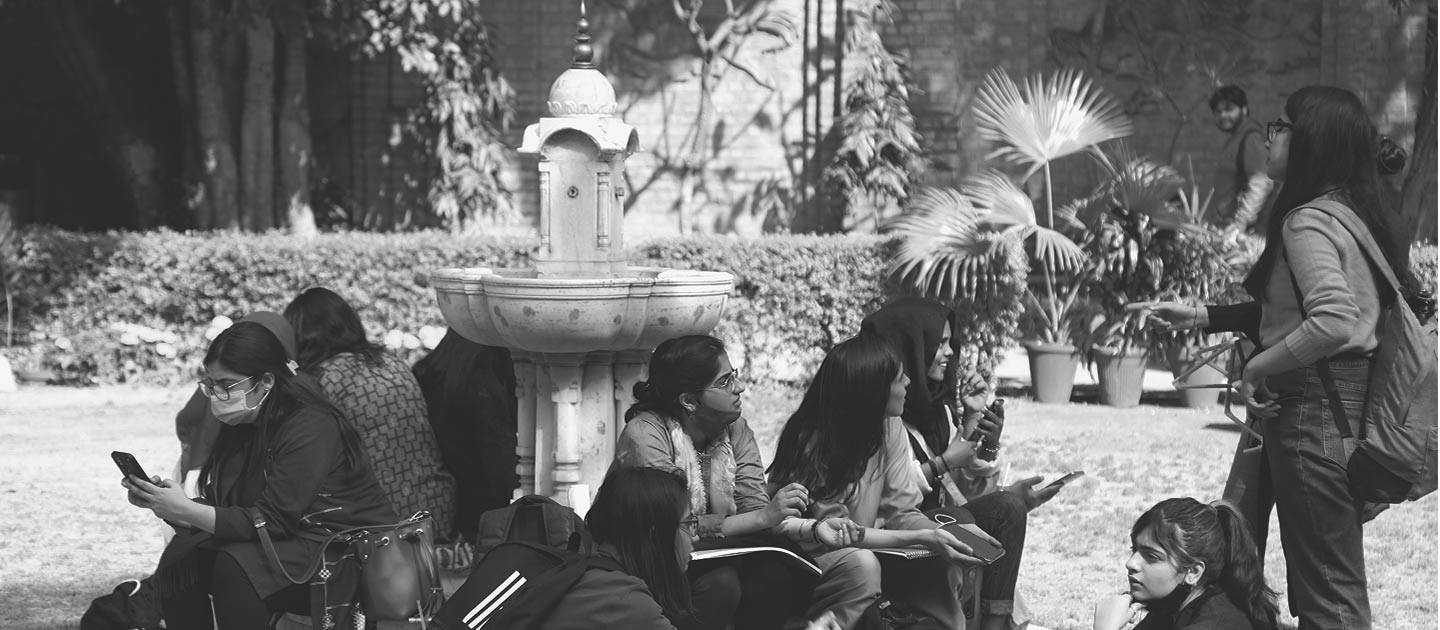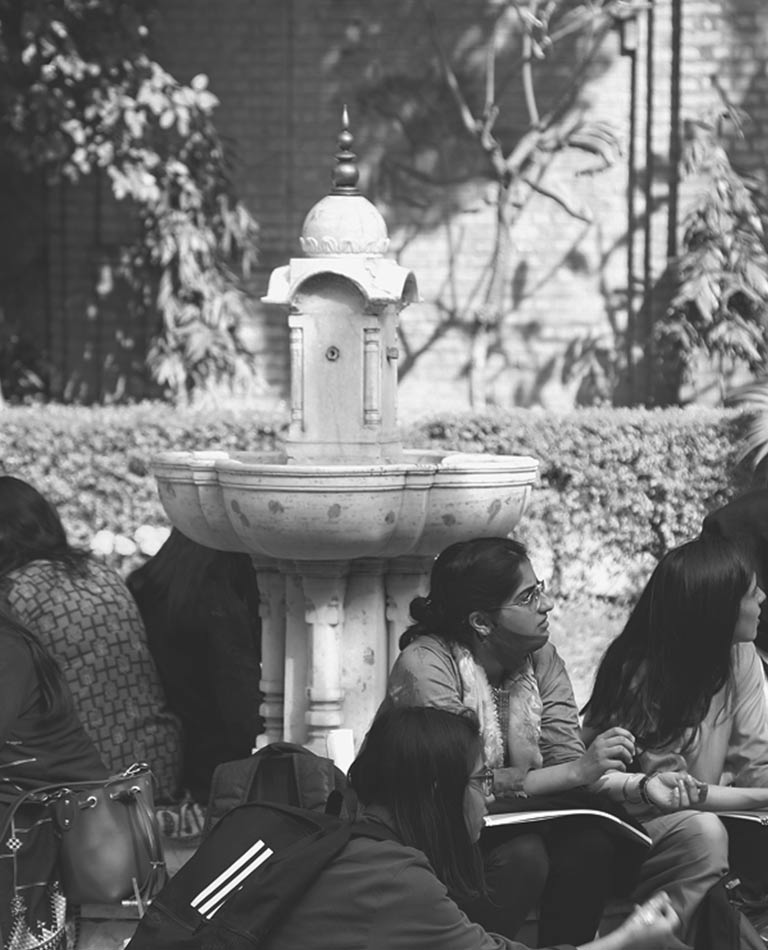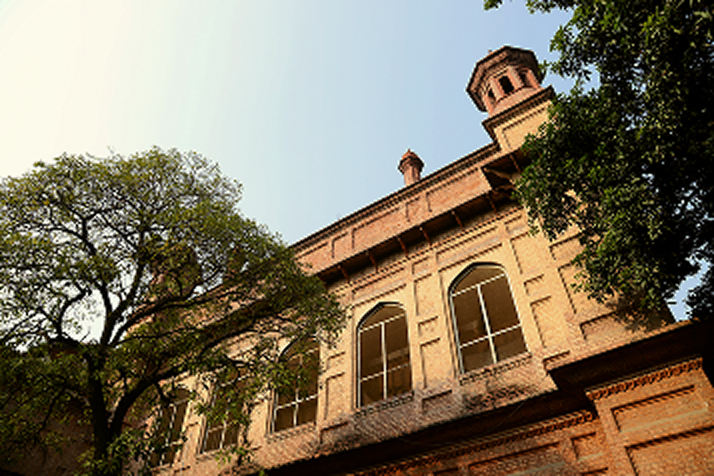




#KasbeKamalKun

Triennales are often looked at as portals that expand cities stimulating negotiation and instilling access across numerous dichotomies. This aims at redefining emphasis on the intersections of local histories and resources, clusters of space and place, identities, and cultures. The question is: how do we afford critical engagement with what textbooks, curricula, and scholarship, and long-winded discourses in exhibit spaces have taught and continue to teach us about art? How do we contextualize the ideas of inclusivity and wider reception of the arts while initiating critical nodal points for interaction amongst multiple publics? How do we contemporize the idioms for making and unmaking processes – and how will we interpret the various hinges that tie together the regional and global, contemporary and traditional, introspective and retrospective that have conformed the intrinsic landscape of the region.
It is our proposition that when we invite multivocality – numerous possibilities for articulating narratives become instantly available – narratives that do not fall within pre-defined, pre-digested, and oft regurgitated frameworks of interpretation. The Triennale aims at humanizing the cultural space of the city while being attentive to its background hum, garnering details of the layered sense datum of its everyday practices, and realising the not-so-pre-packaged shapes and forms of artistic experience through Material Culture, Folklore studies, Craft Pedagogies and Philosophies.
Between the alchemy of the person and politics of acclaim where art, per se, is discoursed, what do we infer from the meandering intervals? To imagine anew ways of making while negotiating the temperamental shifts of the city where the National College of Arts, Lahore has historically been based since 1875, several intersections across which the interpretation of art is received, are revealed.
References:
Kelley Totten (2024) Craft Knowledge and Performance Through Fiber Arts at the John C. Campbell Folk School, The Journal of Modern Craft, 17:2, 125-137, DOI: 10.1080/17496772.2024.2345536.
Mavura, Mike Tigere. “TO IMAGINE IS TO BE: Towards the Stellenbosch Triennale.” Obsidian 45, no. 2 (2019): 154–63. https://www.jstor.org/stable/27197704